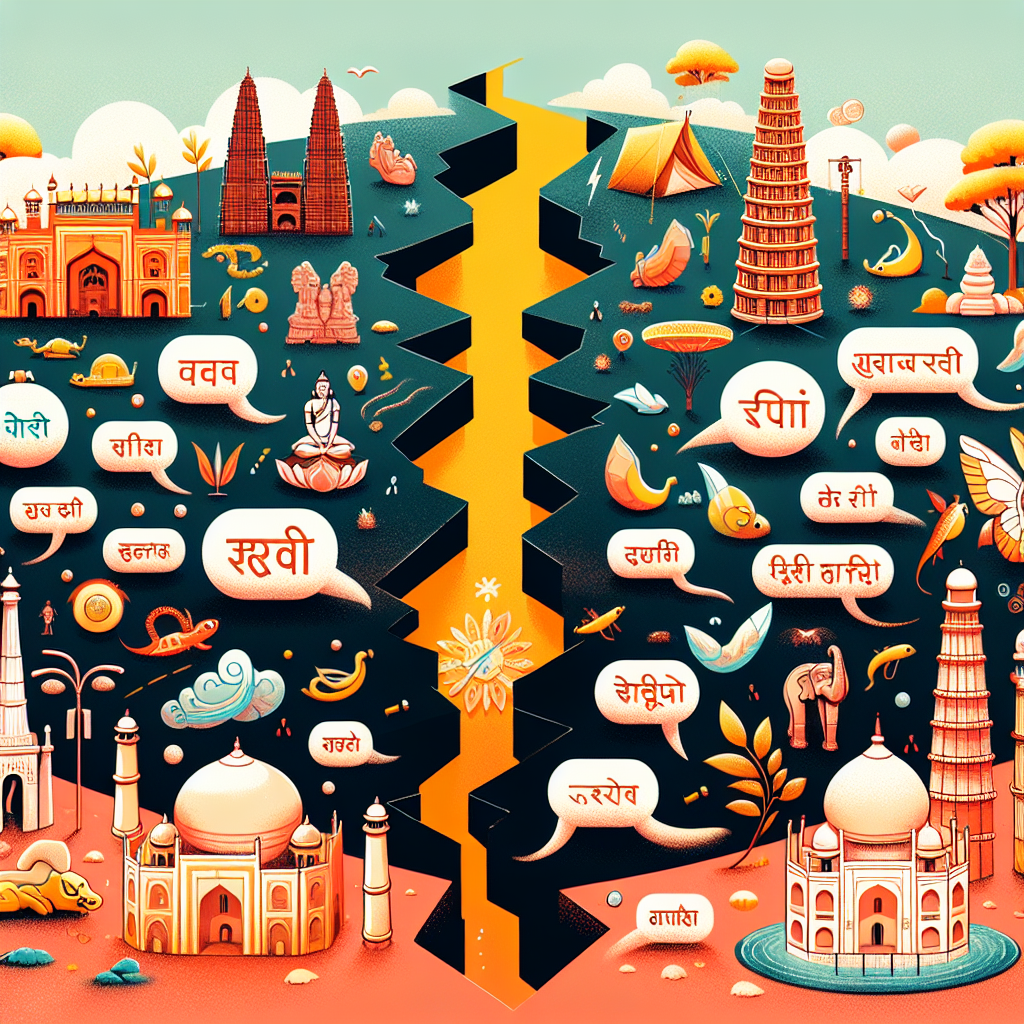India’s Language Debate: The Role of Hindi in the North-South Divide
India’s Language Debate: The Role of Hindi in the North-South Divide
Introduction
The linguistic landscape of India is as diverse as its culture, with over 19,500 languages and dialects spoken across the country. However, the prominence of Hindi has sparked a contentious debate, particularly highlighting the North-South divide. This discussion delves into the complexities surrounding the role of Hindi in India’s socio-political fabric.
The Historical Context
Hindi’s status as a national language has historical roots, but its elevation has not been without controversy. The language was intended to unify a diverse nation post-independence, yet it has often been perceived as a tool of cultural imposition by non-Hindi speaking regions.
Key Issues in the Debate
- Cultural Identity: Southern states, with their rich linguistic heritage, view the push for Hindi as a threat to their cultural identity.
- Political Implications: The promotion of Hindi is often seen as a political strategy to consolidate power in the Hindi-speaking heartland.
- Educational Impact: The emphasis on Hindi in educational institutions can disadvantage students from non-Hindi speaking regions.
Perspectives from the South
Southern states like Tamil Nadu have been vocal in their opposition to Hindi imposition. They argue for the recognition and preservation of their native languages, advocating for a more inclusive linguistic policy that respects regional diversity.
Efforts Towards Resolution
Efforts to bridge the divide include promoting multilingualism and recognizing the importance of regional languages in governance and education. The central government has occasionally taken steps to address these concerns, but the debate remains a sensitive issue.
Conclusion
The debate over Hindi’s role in India underscores the broader challenge of balancing national unity with regional diversity. While Hindi serves as a link language for many, its imposition can exacerbate regional tensions. A nuanced approach that respects linguistic diversity while fostering national cohesion is essential for addressing this complex issue.








































